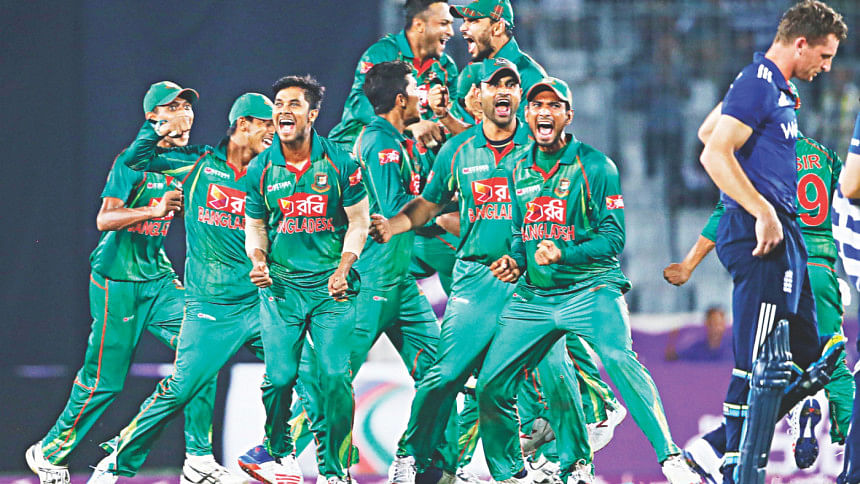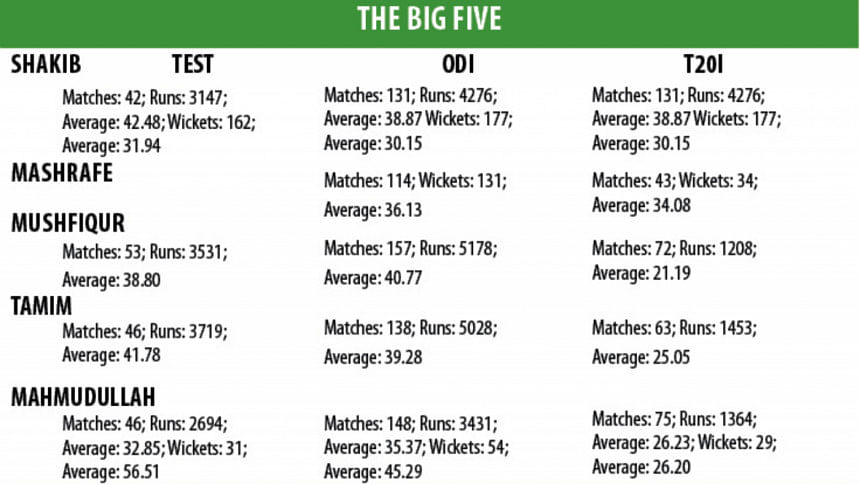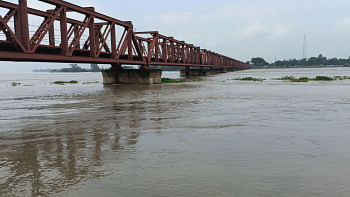Mixed bag of a decade ends with uncertainty

It would be hard to deny that while the 2010s was an exciting decade for Bangladesh cricket, it has entered the 2020s with a lot of uncertainty. Bangladesh cricket team went through a lot of joy, tears and heartbreak over the last decade on the international stage in a sport that has given an entire generation the courage to dream. Cricketers have been at the forefront of giving Bangladesh a positive identity and have united the country on numerous occasions to celebrate successes.
The image of Shakib Al Hasan unable to hold back tears during the post-match presentation following a heartbreaking three-run defeat in the 2012 Asia Cup final and the two fast, swinging deliveries from Rubel Hossain in Adelaide against England in the 2015 World Cup to deliver one of the country’s most seminal wins are just a few of the moments of the last decade that remain etched in the mind’s eye.

Many pundits have hailed Bangladesh’s rise in white-ball cricket as the Tigers made huge strides in home dominance. And nobody would argue that the ‘Big Five’ -- Mashrafe Bin Mortaza, Shakib, Mushfiqur Rahim, Mahmudullah Riyad and Tamim Iqbal -- was the biggest advertisement for Bangladesh cricket in the last decade.
What about Test cricket?
Yes, on a few occasions they proved how dangerous they could be on home soil, especially with wins over England [2016] and Australia [2017].
But when we go through a statistical review of the decade, the emotions may take a backseat. The winning percentage in Tests was 17.85 against 34.17 in T20I and 43.21 in ODIs. Interestingly, Bangladesh played lesser Tests (56) and ODIs (162) in the last decade compared to the previous one (61 Tests and 174 ODIs).
The winning percentage has increased and it was most significant in the 50-over format as in the 2000s the winning percentage was 29.89, which means it increased by 13.32 in the last decade.
The utmost credit for the vibe of ODI success in the last decade must go to a four-year stretch – from November 2014 to the start of the 2019 World Cup -- when Mashrafe led the side from November 2014 to before the last World Cup in England as Bangladesh won 42 matches, lost 28 during that time with three being abandoned. In this particular period the winning percentage was 57.53, which is 14.32 percent higher compared to the overall decade.

Bangladesh played the finals of the 2012, 2018 Asia Cups and 2016 T20 Asia Cup, they reached the quarterfinal of the 2015 World Cup in Australia-New Zealand, made the semifinal berths in the 2017 ICC Champions Trophy and the final of the 2018 T20I Nidahas Trophy and ended the multinational trophy drought by winning an Ireland tri-series in 2019.
The Big Five basically played the major role behind all those successes. It would not be an exaggeration to say that the last decade saw the Big Five giving their best fruits after growing in the previous decade, but on the other hand there was no such emergence of young talent who could carry their baton in the new decade.

Many arrived on the scene with a lot of promise and made the headlines on many occasions but they could not harness the consistency that has been the hallmark of the Big Five. Here, we provided the data that shows the think-tank’s efficacy in bringing new talent to international cricket.
The current decade started with the reality that the Big Five will no more dictate terms together to take Bangladesh cricket to new levels. 2020 instead dawns with the question about who will do the job as the statistics show that there is still a lot to do to earn respect as a cricketing nation.


 For all latest news, follow The Daily Star's Google News channel.
For all latest news, follow The Daily Star's Google News channel. 



Comments